Presented at the Paris Salon, the DS 3 Crossback is the bet of the French brand in the (very) competitive segment of compact SUVs, having even had the “honor” of debuting the CMP platform that it shares with the Peugeot 208, 2008 and even with the new Opel Corsa.
Available with gasoline, diesel and even electric engines, in the midst of so much "abundance" an almost timeless question arises: is it better to opt for the petrol or diesel version? To find out we tested the 3 Crossback with the 1.5 BlueHDi and 1.2 PureTech, both in the 100hp version and six-speed manual gearbox.
As with the DS 7 Crossback, in the 3 Crossback, the DS wanted to bet on the difference and this translates into a proposal full of stylistic details such as the built-in door handles or the “fin” on the B pillar — a reference to the DS 3 original.
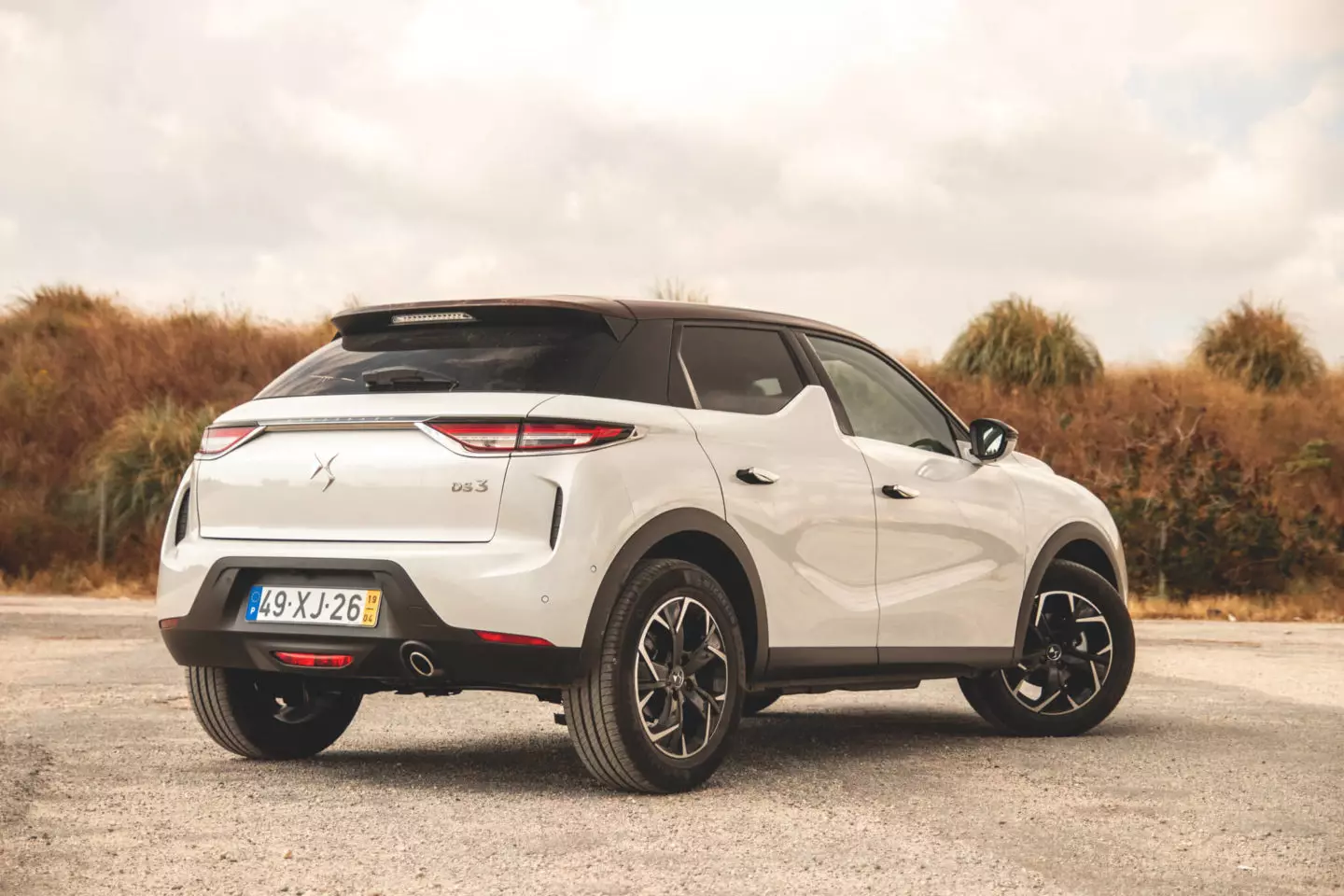
The DS Bastille-inspired Diesel version bets heavily on chrome.
The truth is that, as with the French haute couture that DS claims to draw inspiration from, the DS 3 Crossback presents a style that is either “love it or hate it”. Personally, in this chapter my criticisms fall on a front with too much stylistic elements and too high a waistline (especially after the B pillar).
Inside the DS 3 Crossback
As well as having different engines, the DS 3 Crossbacks we tested also had different levels of equipment and… different inspirations. The Diesel unit had the So Chic level and DS Bastille inspiration, while the gasoline unit was equipped with the Performance Line equipment level and the homonymous inspiration.
Subscribe to our newsletter
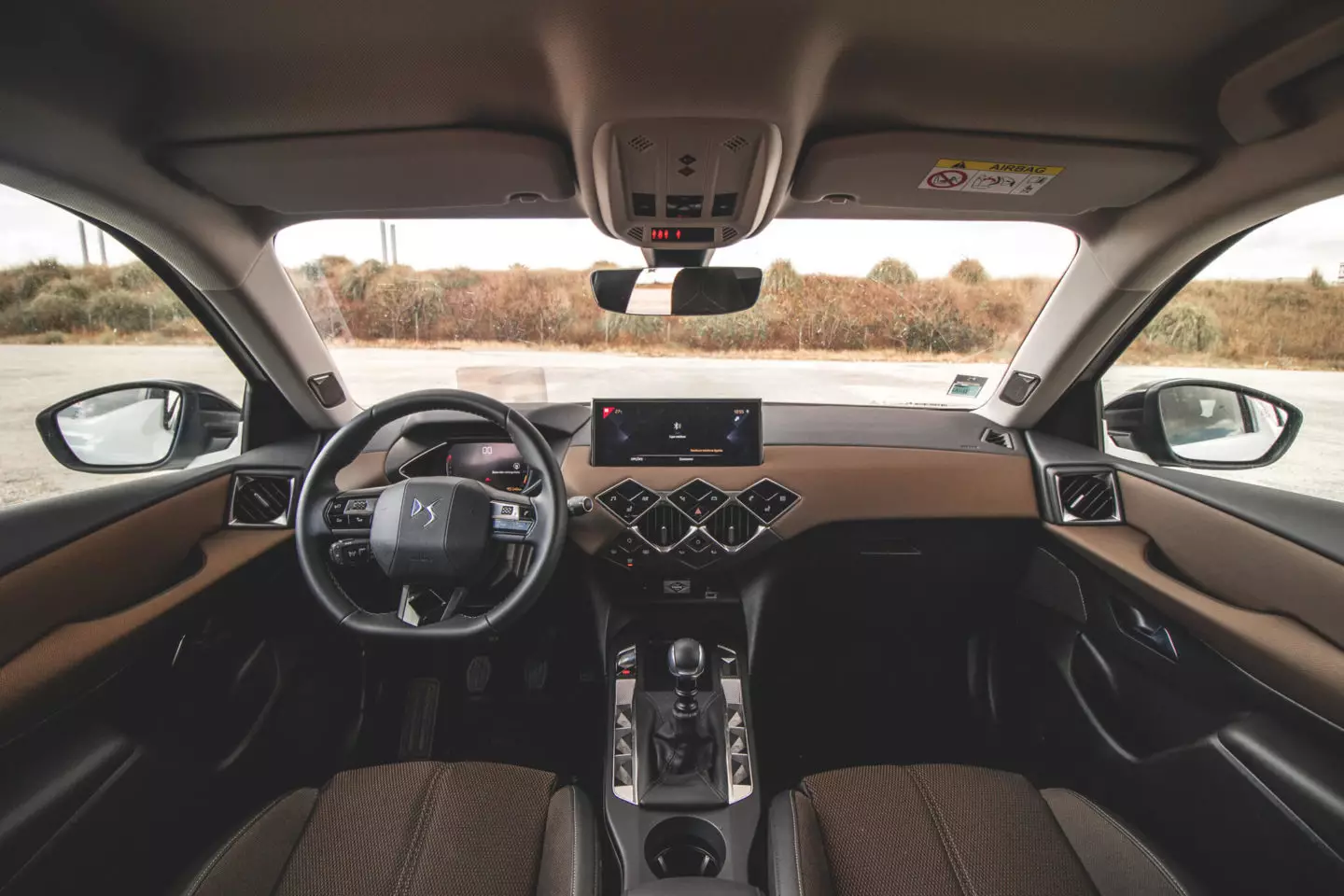
The DS Bastille inspiration gives the DS 3 Crossback a more chic look with the cabin adopting brown finishes and good quality materials.
The choice between the two inspirations is, above all, a matter of taste. In both cases, the materials used are of quality and pleasant to the touch (in this respect, the T-Cross is a long way off), and the only regret is a somewhat upgradeable assembly that ends up “passing the bill” on more degraded floors.
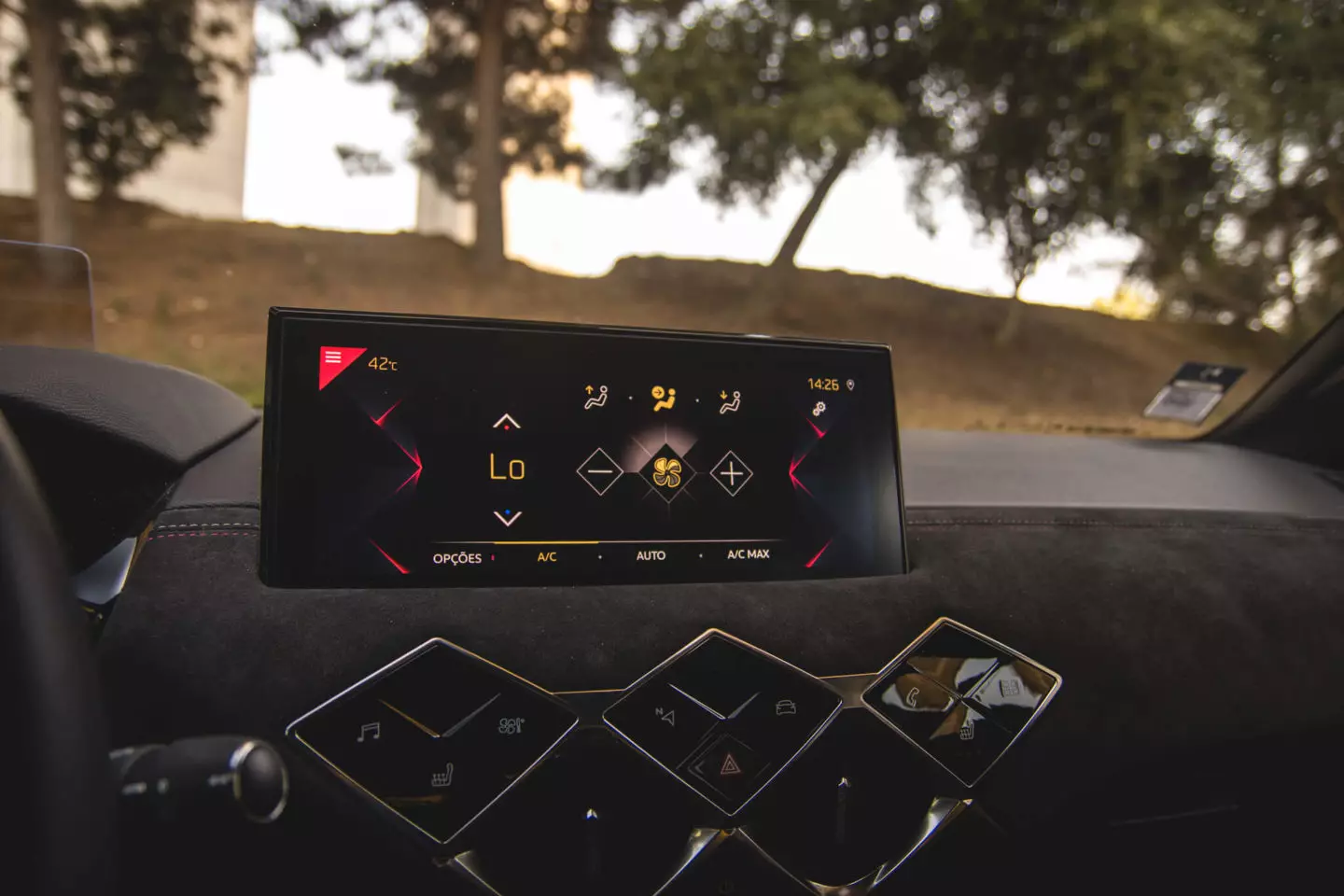
The only way to adjust the cabin temperature is via the touchscreen, an impractical and somewhat slow solution (a physical command was welcome).
In terms of ergonomics, the DS could (and should) think about making some improvements, since several controls (such as the windows, the ignition button and especially the mirror adjustment) appear in “strange” places. The haptic or touch-sensitive buttons also require some getting used to because we end up accidentally triggering them sometimes.
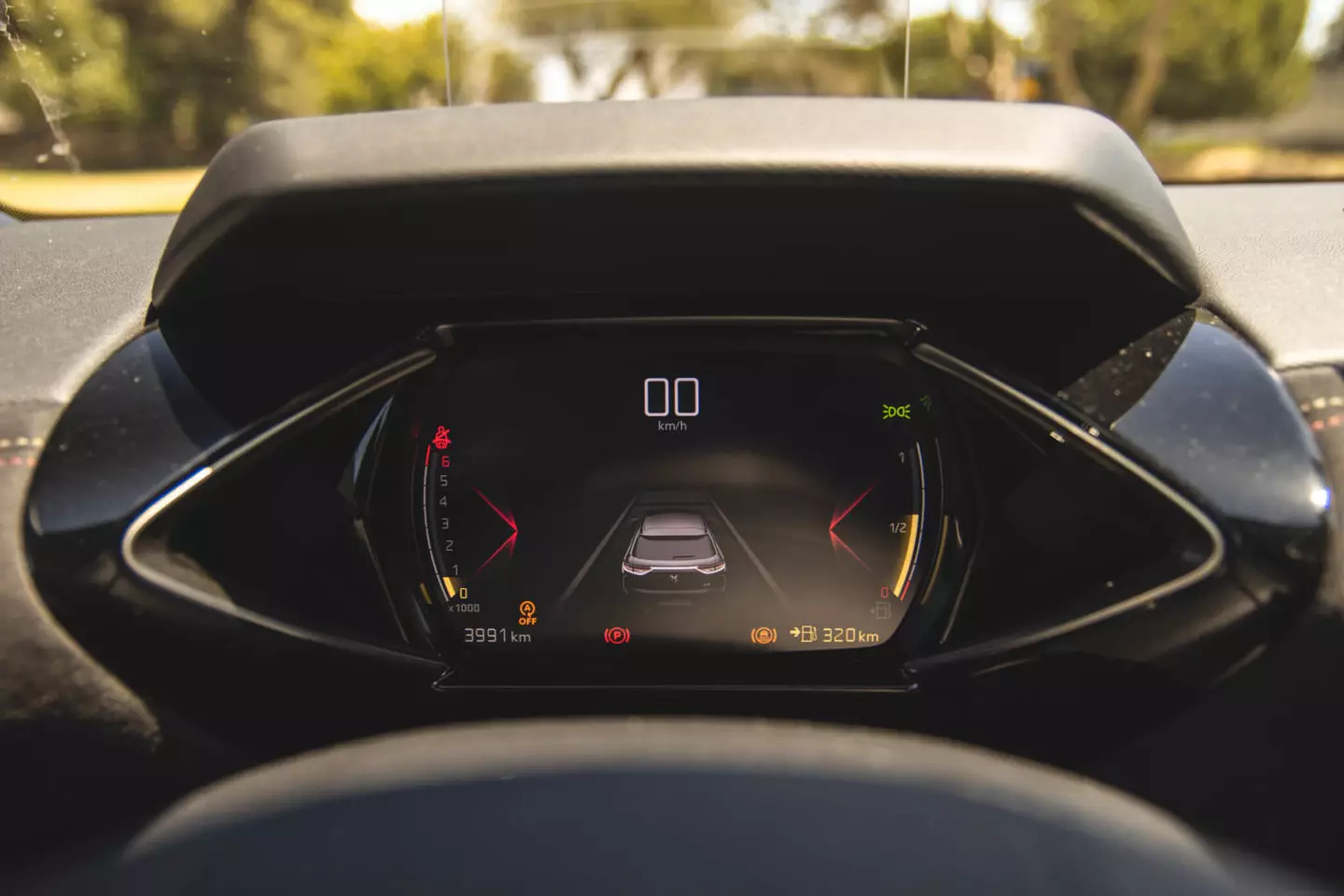
The digital instrument panel has good readability but is somewhat small.
As for the living space, it is at a good level, with more than enough space for four adults to travel in comfort and a luggage compartment with 350 liters. Still, those who travel in the back seats end up being hampered by the high waistline and the absence of USB sockets.
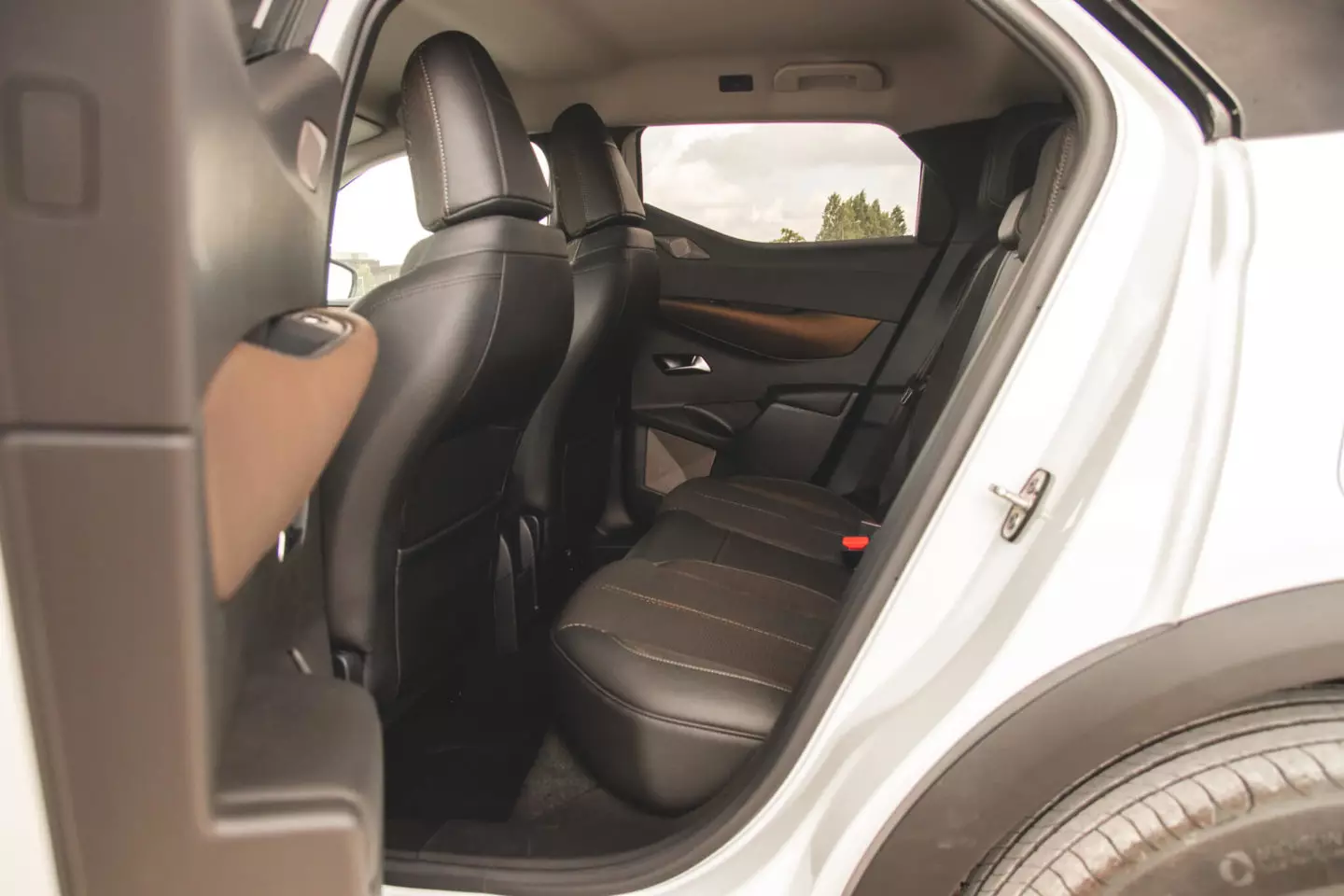
Behind the big problem is not the lack of space but the height of the waistline. At least it's ideal for those who don't like to travel because they won't even see the street.
At the wheel of the DS 3 Crossback
Once seated at the wheel of the 3 Crossback, we are presented with very comfortable seats that not only help to find a good driving position, but are also great for (very) long journeys. Visibility, on the other hand, is hampered by aesthetics, mainly due to the reduced dimensions of the rear windows and the large C-pillar.
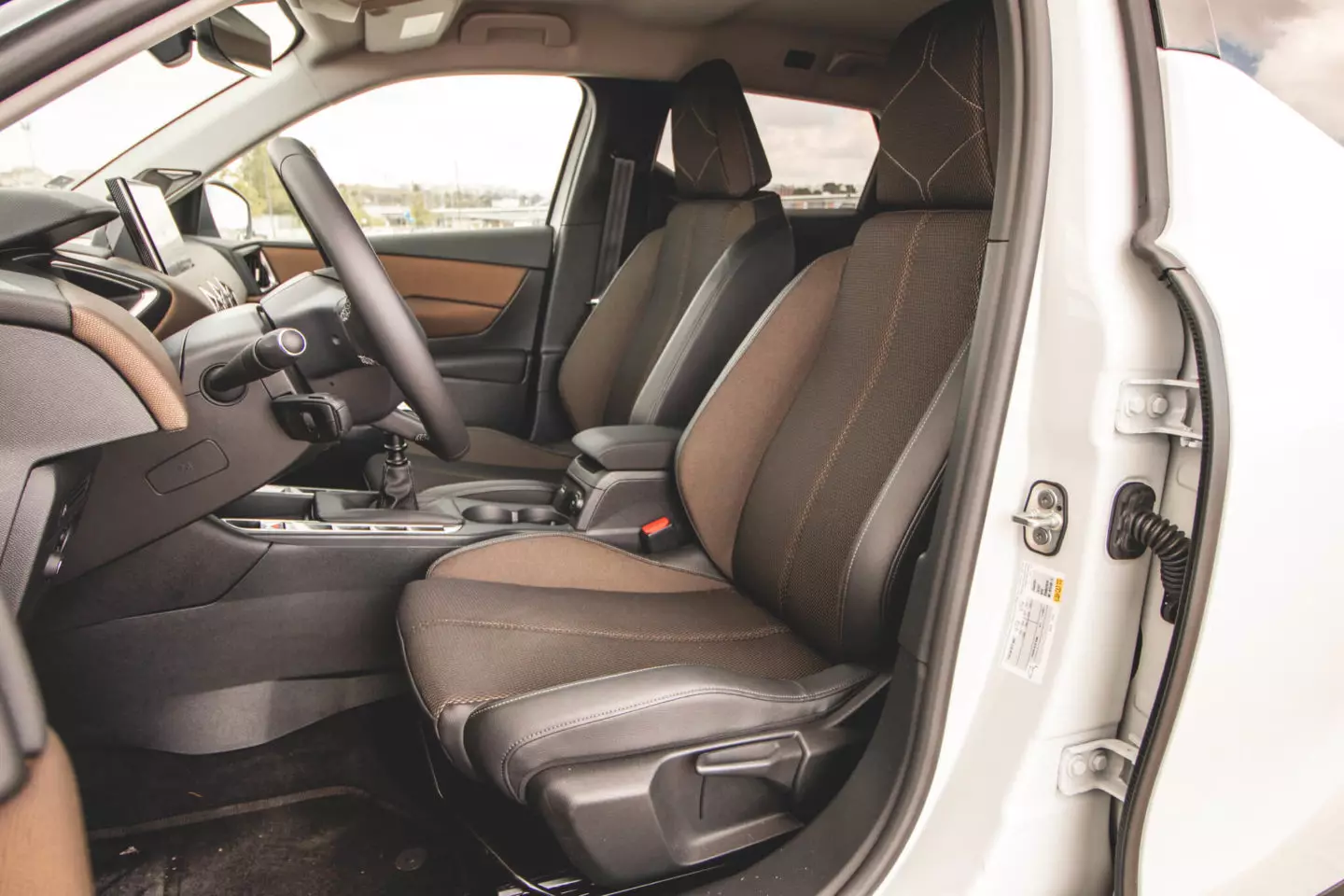
DS 3 Crossback seats allow for long journeys in comfort.
In dynamic terms, the DS 3 Crossback comes with a suspension tailored for comfort, which ends up harming the dynamic chapter, revealing some difficulties in stopping body movements when faced with depressions, or a more abrupt irregularity. The direction, on the other hand, is precise and direct q.b., but it is not a reference, being far, for example, from the Mazda CX-3.
If the suspension lacks some excess softness in a more committed driving, at least on long journeys or on bumpy roads it ends up compensating, ensuring comfort throughout the race and alongside the best “French school”.
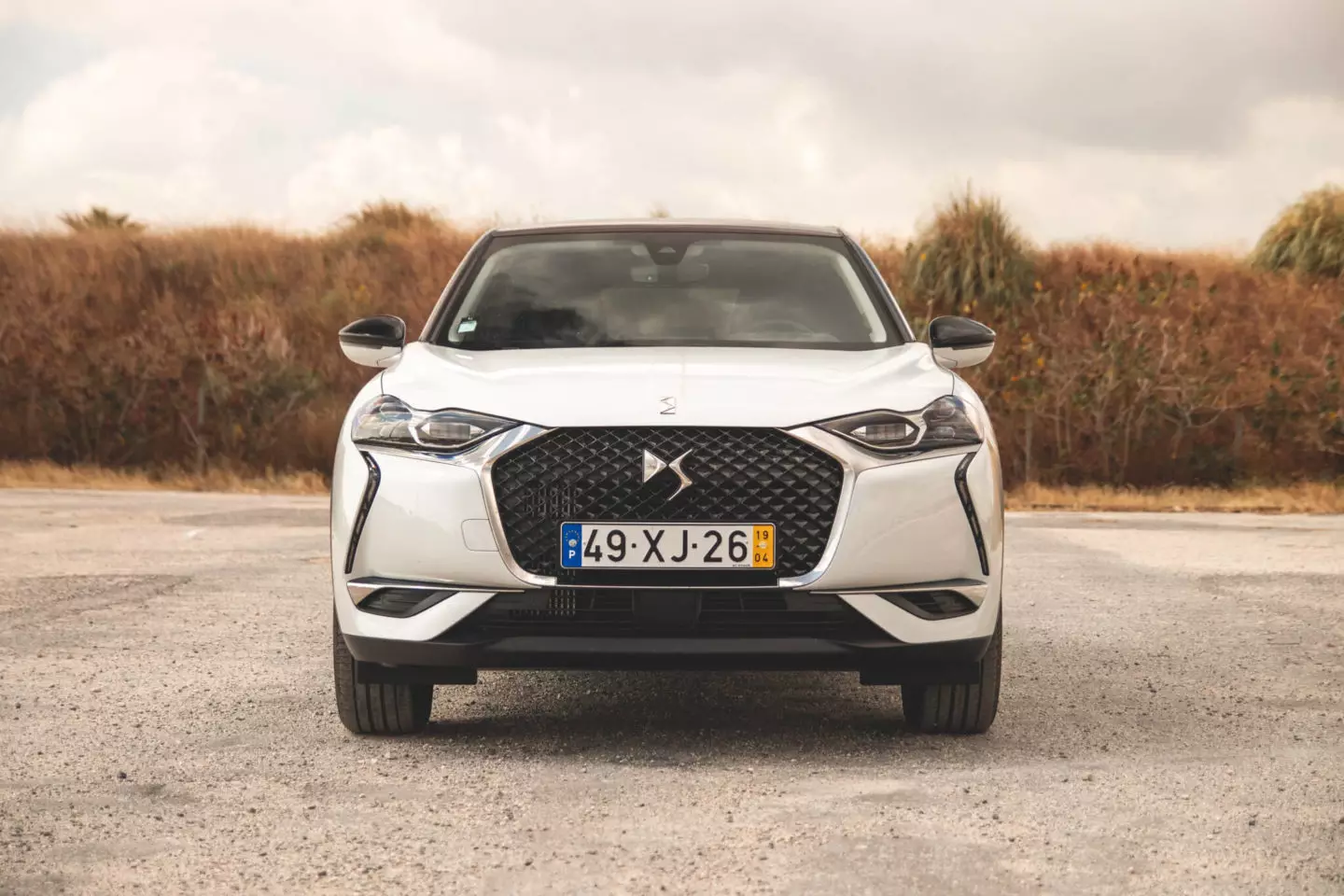
The choice between inspirations is, above all, a matter of taste.
Otto or Diesel?
Finally, we come to the big question of our comparison: the engines. The truth is, these are so different when it comes to performance that they look more like Yin and Yang.
The main quality of the Diesel propellant, the 1.5 BlueHDi, is the economy, with consumption in the range of 5.5 l/100 km (on the open road they go down to 4 l/100 km). However, the long box and the lack of soul at low rpm, end up making it somewhat frustrating to use this engine at faster paces or in an urban environment, being preferable to opt for moderate paces.
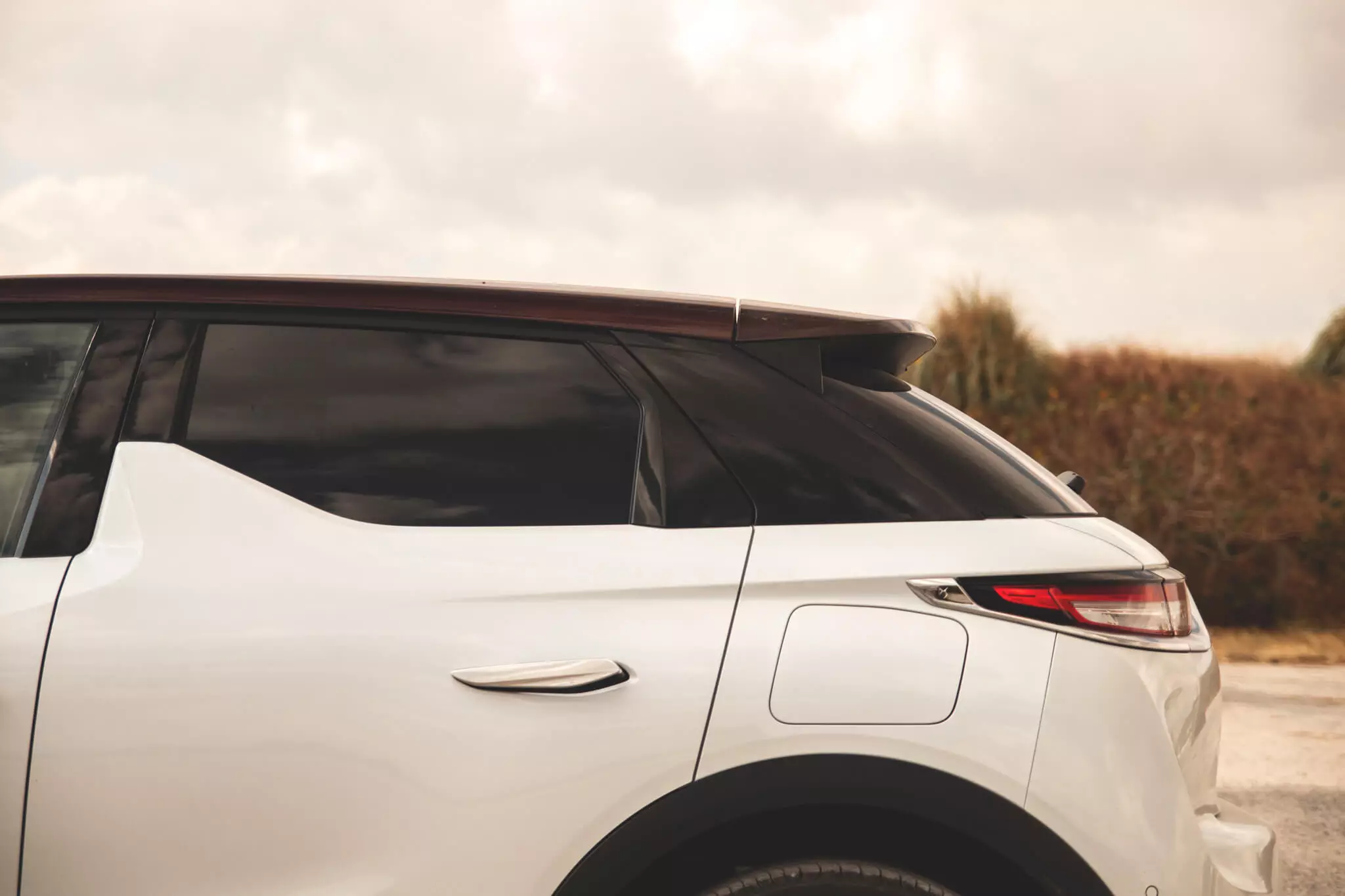
Already the 1.2 PureTech, despite not being more powerful than the 1.5 BlueHDi (has 100 hp compared to 102 hp Diesel) compensates for the lack of soul presented by Diesel. It climbs the rotation willingly and demonstrates a considerable availability from the low regimes, all while being able to offer moderate consumption, in the home of the 6.5 l/100 km.
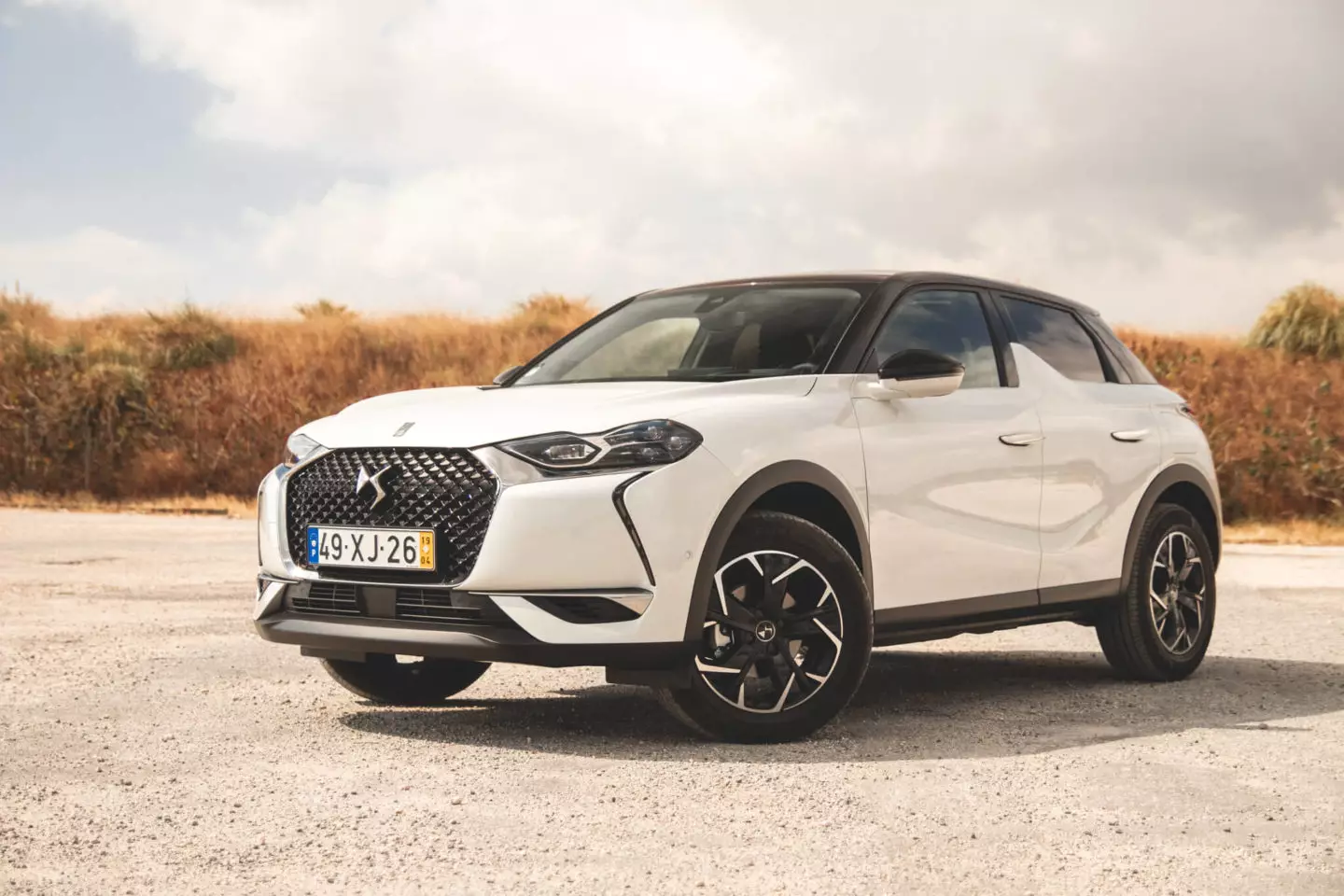
Which one is the right car for me?
After having had the opportunity to drive the DS 3 Crossback with a petrol and diesel engine and having accumulated (many) kilometers behind the wheel of the second independent DS model, the truth is that the answer to the question we ask you seems quite simple.

With whatever engine, the DS 3 Crossback proves to be a good option for a young family looking for a comfortable, well-equipped, spacious and, in this case, compact SUV with a style quite distinct from the competition.
When it's time to choose your engine, if you don't do many kilometers, choose the 1.2 PureTech. Consumption is reasonably low and the pleasantness of use is always superior, especially when we need a more requested response from the engine. Diesel, in this case, only makes sense if your annual mileage is in the tens of thousands of kilometers.
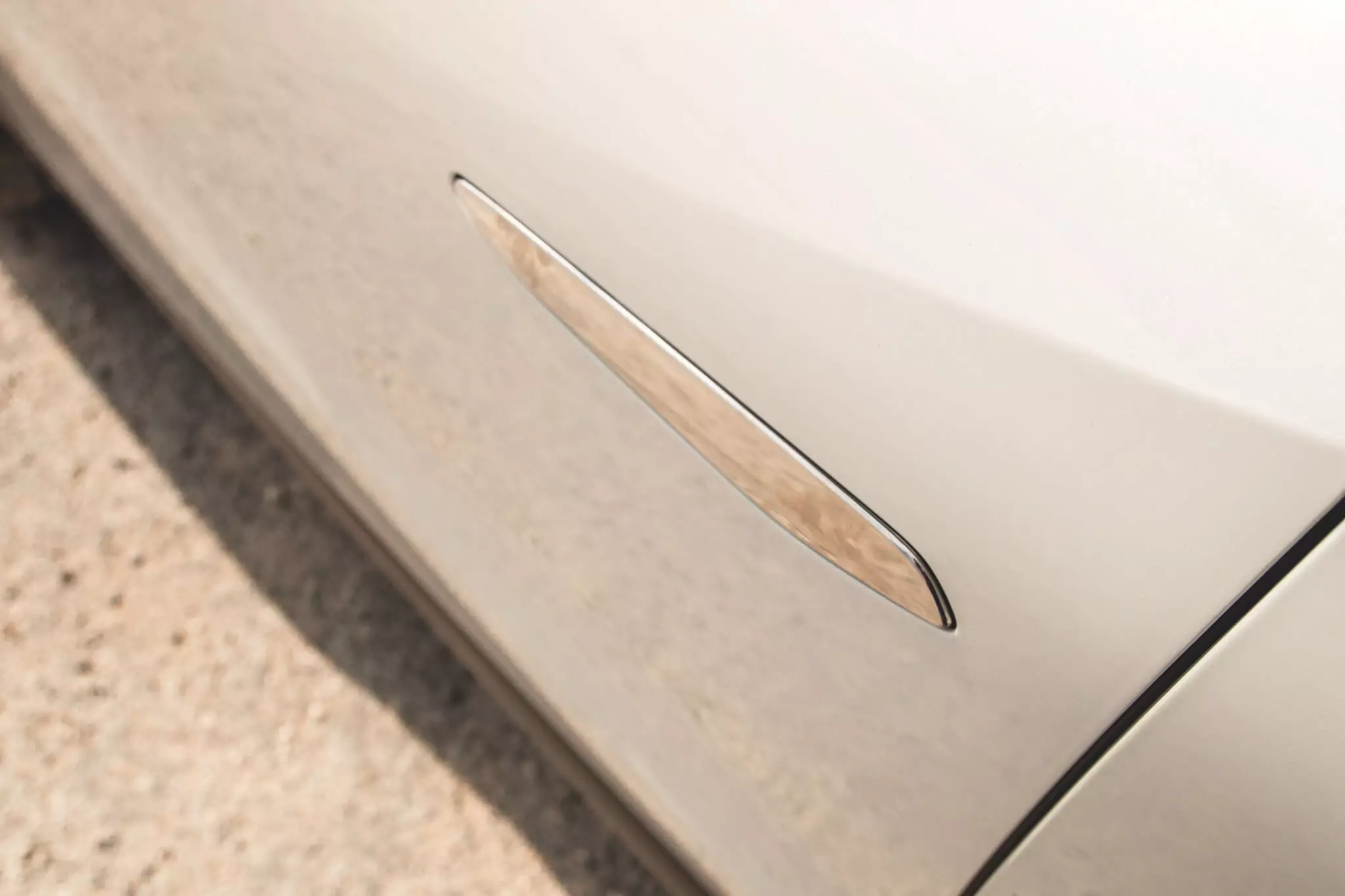
Lastly, a note to the price. The 1.5 BlueHDI version we tested cost 39,772 euros and the 1.2 PureTech version, 37,809 euros (both had more than 7000 euros in options) . Just to give you an idea, the Hyundai Tucson with the 1.6 CRDi of 116 hp (yes, it's not a rival, playing in a segment above), which has a similar level of equipment and is surprisingly much more interactive to drive, costs 36 135 euros, something that makes you think — this is a purely rational exercise, but the purchase of a car is rarely…
Note: Values in parentheses in the data sheet below refer specifically to DS 3 Crossback 1.2 PureTech 100 S&S CVM6 Performance Line. The base price of this version is 30,759.46 euros. The tested version amounted to 37,809.46 euros. The value of IUC is 102.81 euros.
